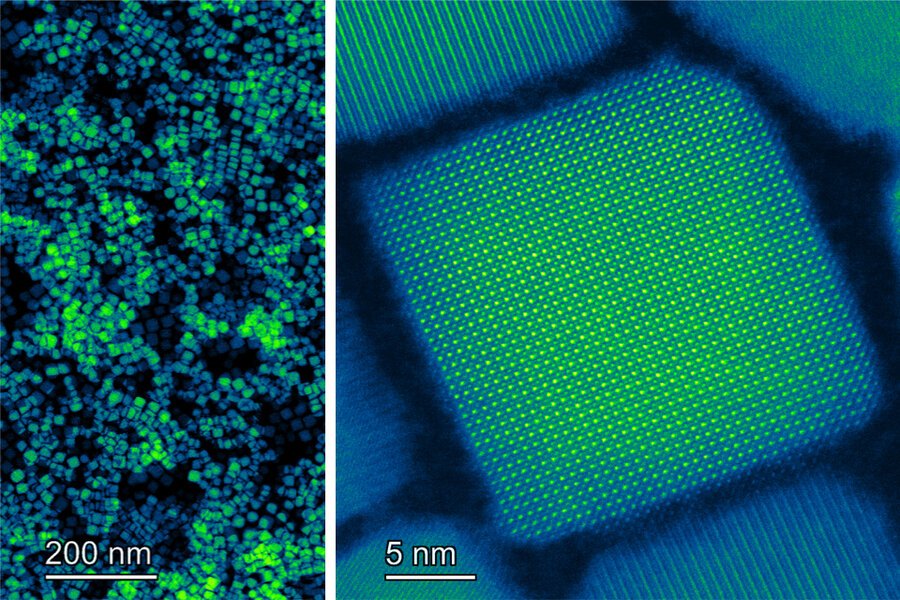Researchers at MIT have made an exciting breakthrough in the field of solar photovoltaics by utilizing novel materials to generate a continuous stream of identical photons. This discovery has significant implications for the development of optically based quantum computers and quantum teleportation devices for communication.
Traditionally, quantum computing has relied on ultracold atoms or individual electron spins as quantum bits (qubits). However, approximately two decades ago, scientists proposed the idea of using light as the fundamental unit of qubits. This approach offers numerous advantages, including the elimination of complex and costly equipment for qubit control and data extraction. Instead, simple tools like mirrors and optical detectors would suffice.
According to Alexander Kaplan, a graduate student involved in the research, building a quantum computer becomes feasible with these qubit-like photons using ordinary linear optics, provided the photons are appropriately prepared. The crucial aspect lies in precisely matching the quantum characteristics of each photon to its predecessor, ensuring perfect indistinguishability. This requirement results in a paradigm shift where the focus shifts from advanced equipment to the uniqueness of the light itself.
Professor Moungi Bawendi further explains that by leveraging these indistinguishable and identical photons, they can enable interactions between them. The indistinguishability of photons allows for specific nonclassical interactions, where two photons cannot be labeled as “number one” or “number two” due to their identical properties.
Kaplan emphasizes that to attain the desired properties of photons, such as well-defined energy, polarization, spatial mode, and time, the source itself must possess well-defined quantum characteristics.
The recent publication in the journal Nature Photonics signifies the researchers’ successful demonstration of these concepts and their potential impact on the advancement of quantum technologies.
The researchers employed lead-halide perovskite nanoparticles as the source material for generating indistinguishable photons. Lead-halide perovskite thin films are currently being explored as potential lightweight and easily processable alternatives to silicon-based photovoltaics. In the form of nanoparticles, lead-halide perovskites exhibit an exceptionally fast cryogenic radiative rate, setting them apart from other semiconductor nanoparticles. The high emission speed increases the likelihood of achieving well-defined wavefunctions, making lead-halide perovskite nanoparticles ideal for emitting quantum light.
To validate the indistinguishability of the generated photons, the researchers conducted the Hong-Ou-Mandel interference test, a crucial measure for confirming a photon source’s suitability for quantum-based technologies. According to Kaplan, very few materials can pass this test, with only a handful meeting the requirements. While the newly developed source currently achieves HOM interference only around 50% of the time, other sources face scalability issues and lack reproducibility due to the requirement of using extremely pure materials produced individually atom by atom. In contrast, lead-halide perovskite nanoparticles can be easily synthesized in a solution and deposited on a substrate material, such as regular glass surfaces, making them highly scalable and adaptable for integration into devices.
Although these materials are not yet perfect, they possess significant potential for improvement and optimization. Kaplan highlights their scalability and integration capabilities, while Bawendi suggests that incorporating these emitters into optical cavities, similar to other sources, will enhance their properties and make them competitive.
The current research represents a significant fundamental discovery that showcases the capabilities of lead-halide perovskite materials. It is hoped that these findings will inspire further investigations into enhancing these materials in various device architectures.
Source: Massachusetts Institute of Technology
